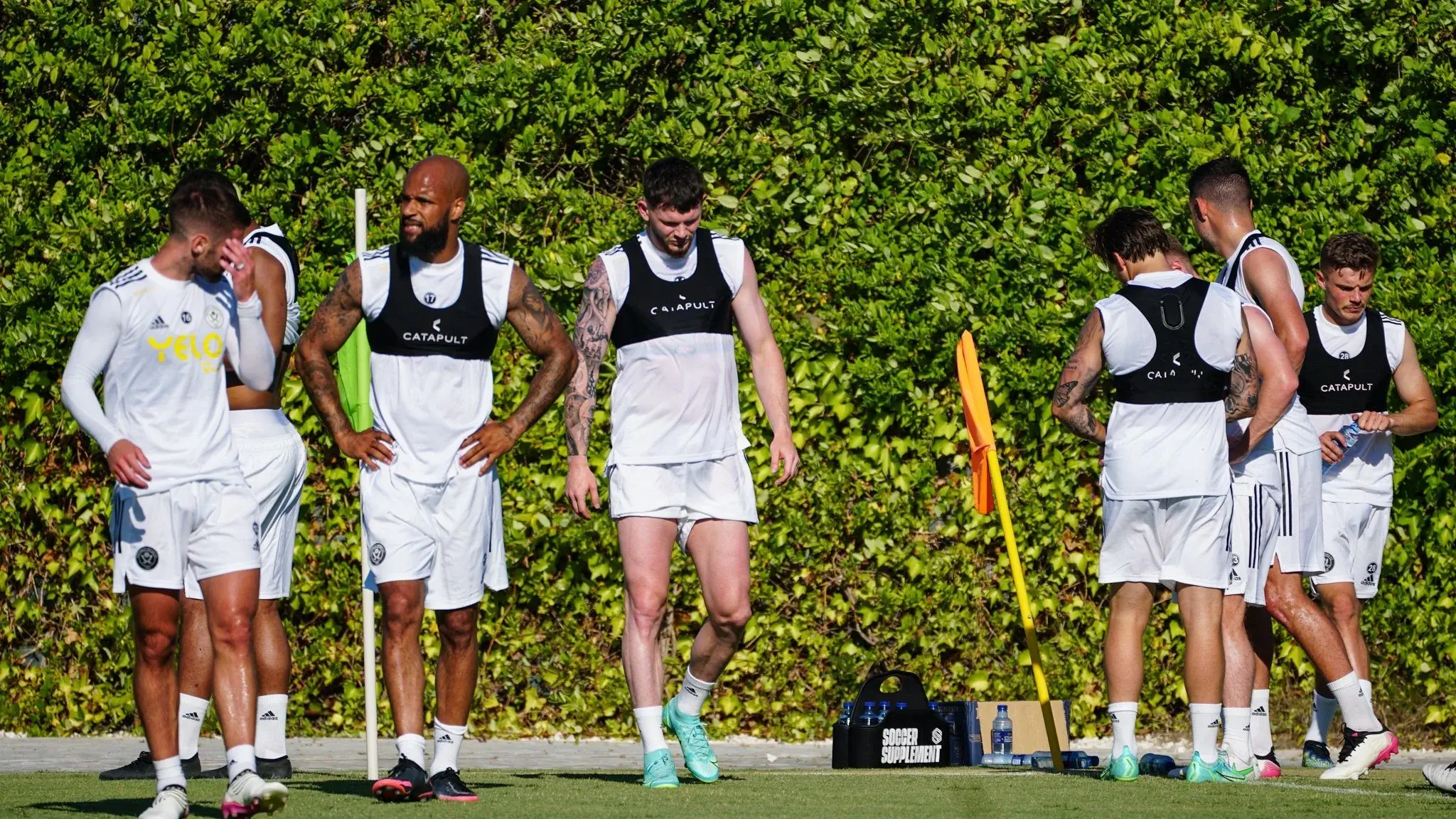Being a professional athlete means more than just showing up on the day of the game or match. To compete at the highest level, athletes must stay match-ready under all conditions, throughout a packed calendar of events, and against some of the best talent from around the globe. How do they manage to remain at their peak, avoid injury, and be mentally prepared to perform on demand? This blog explores the science, routines, and mindsets that keep elite competitors in prime condition, from footballers and basketball stars to tennis icons like Jack Sock.
Building a Match-Ready Foundation
The Importance of Preseason Preparation
Elite athletes treat preseason like the foundation of a house. Before the real action begins, they knock out intense training sessions to ramp up strength, power, and conditioning. This period doesn’t focus on specific game-play but rather refines the body’s overall fitness and addresses any lingering imbalances from the previous year.
- Strength and Endurance
Preseason commonly features heavy lifts, plyometrics, high-intensity interval training (HIIT), and long runs. This variety builds the muscular and cardiovascular endurance needed for a long campaign.
- Flexibility and Mobility
Stretching, yoga, or Pilates help players avoid the tightness that can lead to muscle pulls or strains as the season ramps up in intensity.
Establishing Baseline Fitness Markers
Coaches and trainers test key metrics like vertical leap, sprint times, VO2 max, and agility scores. These numbers are recorded early and monitored all season. Athletes and staff adjust workouts and recovery protocols to hit or exceed these targets, ensuring they don’t slip below match fitness.
Daily Habits for Consistent Performance
Structured Training Sessions
Staying match-ready hinges on consistency. Professional squads often train at the same time each day, mixing technical drills, tactical walkthroughs, and full-contact scrimmages. Basketball players may focus on shooting percentages, while soccer pros fine-tune passing drills under pressure.
Smart Recovery
Recovery is where the magic happens. Here’s how top performers maximize it:
- Active Recovery Days
Athletes take lighter training sessions, like swimming, cycling, or light jogging, to flush lactic acid from muscles and aid blood flow.
- Therapeutic Interventions
Regular massages, physiotherapy, and contrast baths (alternating hot and cold water) target muscle soreness and speed up healing.
- Sleep Hygiene
Most elite competitors treat sleep with as much importance as their diet or training. Eight to nine hours is the gold standard for muscle repair and hormone regulation.
Nutrition Tailored for Performance
A personalized nutrition plan is non-negotiable. Athletes meet with dietitians to set macronutrient targets, focusing on:
- Carbohydrates for energy during games.
- Protein for muscle repair post-workout.
- Healthy fats for long-term energy and cell recovery.
Hydration is another pillar. Dehydration, even at mild levels, affects reaction times and mental focus. That’s why competitors follow strict water and electrolyte routines before, during, and after matches.
Mental Conditioning
Visualization and Goal Setting
Top-tier athletes visualize game scenarios, building mental blueprints pre-match. This practice strengthens focus, reduces anxiety, and boosts confidence when pressure mounts. Setting incremental goals (both season-long and daily) keeps motivation high and progress measurable.
Working with Sports Psychologists
Sports psychologists help athletes overcome self-doubt, handle setbacks, and develop techniques for focus. Learning to rebound from mistakes instantly is crucial in sports where a single lapse can cost the game.
Adapting on the Fly
Injury Management
Even with rigorous preparation, injuries happen. Quick diagnosis and a tailored rehab plan are key. Staying mentally engaged during this period is critical, so many rehabbing athletes continue to work on tactics, study game footage, and communicate with coaches.
Travel and Scheduling Challenges
International athletes regularly compete in new climates and bounce between time zones. Teams rely on “sleep coaches,” nutrition tweaks, and light exposure strategies to minimize jetlag. For players like tennis star Jack Sock, adapting sleep, nutrition, and practice schedules while on the road is a big part of staying match-ready.
Learning from the Best
The Role of Data and Technology
Wearable tech tracks heart rate, movement, and workload, giving real-time feedback to athletes and coaches. High-speed cameras and analytics software break down performance, helping pinpoint areas for improvement.
Peer Support and Team Culture
Cohesion off the field translates to resilience on it. Pro squads often take part in team-building exercises or community projects to strengthen bonds. A sense of shared mission can be the difference in high-stress situations.
Staying Sharp Beyond the Game
Off-Season Preparation
During the off-season, elite players rest—but they don’t switch off entirely. They focus on lighter yet targeted workouts, mental recharge, and skill work that doesn’t add wear and tear. This ensures they’re not starting from zero when preseason rolls around.
Taking Action to Optimize Your Own Fitness Routine
Professional athletes don’t just rely on talent; they build systems around training, recovery, nutrition, and mindset that keep them match-ready week after week. By picking aspects of their routines and adopting them into your own fitness plan, you can boost your performance, prevent injuries, and maintain a disciplined edge no matter your chosen sport or activity.
Whether you dream of joining the big leagues or simply want to bring a pro’s consistency into your daily life, start with the basics outlined above. Focus on structure, recovery, and mental sharpness, and you’ll be surprised at how far you can go.
Also Read-Slots Ole777: Where technology, thrill, and jackpots collide in every spin
